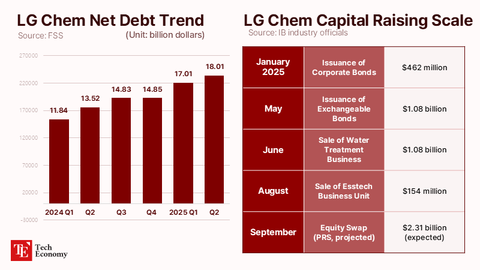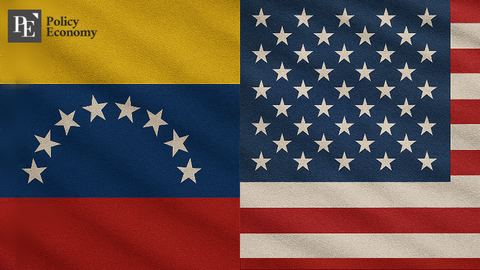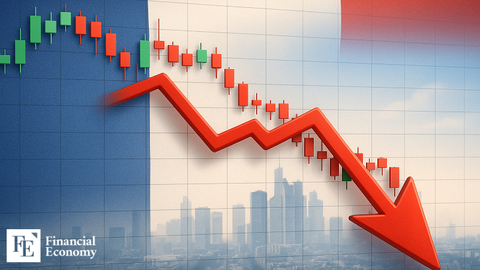Confident on Trade Talks, Trump Declares: “The U.S. Sets the Tariff Terms—No One Can Compete With Us”
Input
Modified
Trump’s Divide-and-Conquer Strategy Shifts Into High Gear Japan Caught Off Guard by Trump’s Unannounced Move Unpredictable Trump-Style Diplomacy Puts South Korea on Edge
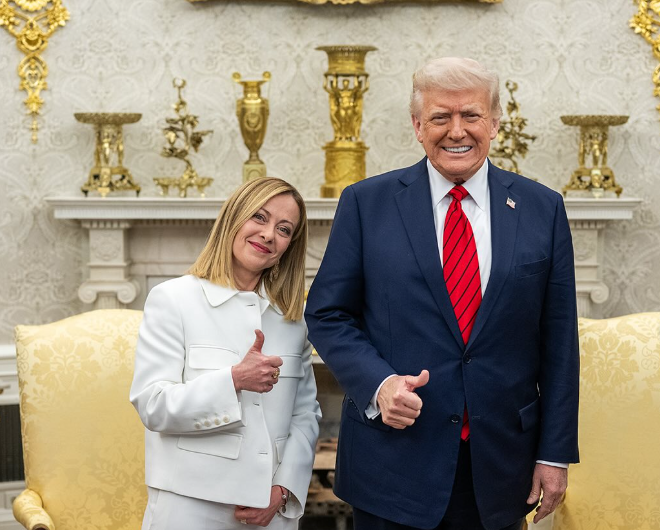
President Donald Trump’s reciprocal tariff strategy has come into clearer focus. By aiming to complete trade negotiations within the 90-day tariff waiver period, the administration has effectively prevented coordinated responses among targeted countries, opting instead for a deliberate divide-and-conquer approach. South Korea, along with Japan and key EU member states, now faces both steep tariffs and additional security cost demands. However, without forming a united front, these nations find themselves navigating a precarious "prisoner’s dilemma"—weighing national interests while cautiously searching for a path forward under mounting pressure.
Blindsided Japan Caught Off Guard by Trump’s Sudden Entry
On April 17 (local time), during a summit with Italian Prime Minister Giorgia Meloni at the White House, President Donald Trump fielded questions from reporters about his reciprocal tariff strategy. "Many countries want to negotiate with us," he said confidently. "In fact, they want it more than I do. We’re listening to everyone and will be fair—but ultimately, we decide the terms."
U.S. Treasury Secretary Scott Besant, who was also present, added that the U.S. is prioritizing negotiations with the "Big 15" economies. He described the previous day’s talks with Japan as "fantastic."
In Japan, Trump’s unpredictability once again drew criticism. Economic Revitalization Minister Ryosei Akazawa was en route to Washington when Trump personally declared his intention to participate in the talks. His unexpected appearance, along with a signal that defense cost-sharing would be tied to tariff negotiations, prompted Japanese Prime Minister Shigeru Ishiba to call an emergency late-night meeting with senior officials. Notably, no representatives from Japan’s Ministry of Defense had accompanied Akazawa, leaving Tokyo unprepared for the shift in tone.
The impromptu first round of talks took place not at the negotiating table, but inside the White House. During a 50-minute meeting, Trump reportedly pressed his long-held grievances over Japan’s limited contributions to U.S. troop deployment costs, repeating his view that it’s “unfair” for the U.S. to shoulder the burden of Japan’s defense.
Prime Minister Ishiba responded by expressing his willingness to meet Trump directly in the near future. “It’s only natural that I meet him at the right time,” he said, adding that while the path ahead won’t be easy, “this round has laid the groundwork for what comes next.” However, Japan’s opposition party sharply criticized Ishiba’s absence, with Constitutional Democratic Party leader Yoshihiko Noda arguing that “top-level leadership is essential in dealing with the U.S.—it’s their basic approach, and Japan should mirror it.”
Some Japanese media, including Asahi Shimbun, interpreted Trump’s personal involvement as a sign of urgency, noting his decision to meet a lower-level delegation underscored a desire to seal quick bilateral deals during the 90-day tariff waiver window. “This isn’t just about trade—it signals that any U.S. grievance could become a negotiation topic,” the paper wrote.
South Korea Faces a Prisoner’s Dilemma
South Korea is next in line. Deputy Prime Minister Choi Sang-mok and Trade Minister Ahn Duk-geun are scheduled to visit Washington next week. With little information emerging from the Japan-U.S. talks, concern is growing in Seoul that Trump may also demand a direct meeting—and possibly link tariffs to security costs.
The U.S. is conducting simultaneous negotiations with dozens of countries and has hinted that nations offering better deals will receive steeper tariff reductions—creating what some analysts call a “prisoner’s dilemma.” According to one government official, “In the past, countries in similar positions would quietly agree on a minimum strategy. This time, there’s been no such communication. We don’t even know when the Japan talks started or ended.”
Another official said, “Trump is pushing each country individually, stirring division, then striking deals one by one. There’s no room left to build a united front. If South Korea tries to coordinate with Japan or the EU and gets labeled uncooperative, we could be singled out. No one trusts anyone right now.”
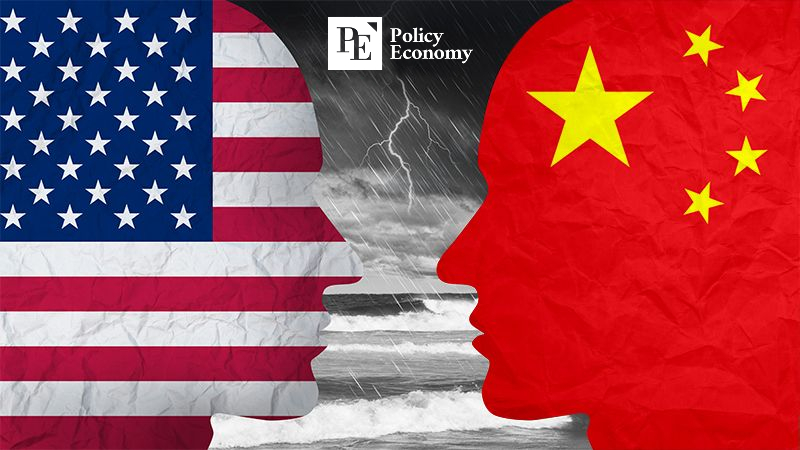
Trump: “We’ll Make a Very Good Deal with China”
Meanwhile, Trump struck an optimistic tone on China. At an executive order signing on April 17, he said, “We’re talking with China, and I think a deal could come in three to four weeks.” On the pending TikTok divestment, Trump remarked, “There’s a deal on the table, but that depends on China. We’ll delay the TikTok issue until the tariff deal is finalized.”
Trump had earlier imposed a 125% tariff on Chinese imports—on top of an additional 20% linked to fentanyl trafficking—prompting China to retaliate with its own 125% tariffs. As the U.S. also tightens semiconductor export restrictions, the two countries have entered a new phase of full-blown economic conflict.
Asked whether he would speak with Chinese President Xi Jinping, Trump said during the summit with Meloni, “We’re going to make a very good deal with China.” He dismissed concerns about Xi’s recent tour of Southeast Asia, saying, “No one can compete with us”—a sharp contrast to his tone just days earlier, when he accused China of “trying to destroy America.”

